“…many miners will wind up losing their claims, which are a unique form of property, simply because they don’t read the Federal Register every day or actively monitor the social media feeds of those who do monitor and report on those publications in the Fed. Reg. To the best of my knowledge, BLM did not personally serve notice or personally inform a single claim owner by mail of these fee changes.”
By Marjorie Haun
Effective October 1, 2018, the Bureau of Land Management (BLM) increased processing fees related to existing mining claims. On September 28, just three days prior to the effective date, the following notice was published on the BLM website:
Effective October 1, 2018, the following fees associated with mining claims, have increased from $10 per mining claim to $15 per mining claim:
•Amendment
•Transfer of Interest
•Affidavit of Labor
•Notice of Intent to Hold
All documents filed with BLM on or after October 1, 2018, must pay the new fee at the time of filing.
This increase DOES NOT affect new mining claims. All fees associated with filing new mining claims remain the same at $212 per 20 acre mining claim: PROCESSING FEE – $20, LOCATION FEE – $37, MAINTENANCE FEE – $155 (per 20 acres or portion thereof)
Under the cost recovery rule, 70 FR 58857 (2005), the cost recovery fees at 43 CFR 3000.12 were updated in the Federal Register published on September 28, 2018, 83 FR 48957 (2018)
Although the BLM is not constrained by National Environmental Protection Act (NEPA) provisions to take public comment prior to increasing fees on mining claims, the move has not been well-received by those who are actively mining or in the process of acquiring new claims. For those not familiar with the way government works, or the obscure and sometimes indecipherable notices on the Federal Register, these fee hikes may go unnoticed, and put at risk claim holders’ property rights.
Free Range Report spoke with Kerby Jackson, who is the Recorder for the Galice Mining District in Josephine County, Oregon. He offered a warning about the new fees, saying:
Though these new fees are not enormous increases on the surface ($5 here, $5 there), it is my experience that miners are always THE LAST to know about these increases. Unless a person actively monitors the Federal Register, these types of changes typically go unnoticed by 99 percent of all claim holders.
Citing the sometimes confusing and cumbersome task of tracking changes to federal fee schedules, Jackson continued:
Historically, these fee increases catch miners flat-footed and result in insufficient processing fees being sent to BLM for claim maintenance requirements. Since our property rights as miners are maintained year after year by complying with such filing requirements (and therefore, it is also a requirement to submit the proper filing fee), these types of changes actually place a miner’s property at sufficient risk. Putting it in simpler terms, many miners will wind up losing their claims, which are a unique form of property, simply because they don’t read the Federal Register every day or actively monitor the social media feeds of those who do monitor and report on those publications in the Fed. Reg. To the best of my knowledge, BLM did not personally serve notice or personally inform a single claim owner by mail of these fee changes.
BLM’s fee hikes, along with the fact that the onus is on miners and claim holders to stay up to date with complex payment calendars and legalistic paperwork, may discourage individuals and companies from seeking new mining claims on federal land. Jackson goes on:
The inherent peril in this situation is that annual labor requirements are a two step/two “deadline date” process. The first step is that before early September (the date differs by year depending on the calendar, but it is usually between Sept 1st and September 4th) a miner must either pay the BLM an annual maintenance fee or submit a completed Small Miner Waiver to the BLM for NEXT YEAR’s assessment. The second step is that on or before December 30th, if the miner filed a Small Miner Waiver LAST YEAR, he/she must file a notarized and recorded Affidavit of Labor with the BLM. As you will note, we are still inside the time frame that miners will be filing such affidavits with BLM.
At this point, if a miner is unaware of the fee change and sends his/her Affidavit to BLM with a $10 check like last year, he/she will be $5 short of the new fee. It is unclear at this point if BLM will send out prompt notices to those who submit the old fee that they must send another $5 within 30 days or if this discrepancy in fee will not be considered a “correctable deficiency.”
Jackson worries that because BLM cannot be trusted to provide existing claim holders with timely information about processing fees and other changes, this and future fee hikes may result in the loss of legitimate mining claims, through no fault of the miners themselves. He says:
Either way, because of BLM’s failure to inform claim owners ahead of time, I predict that this will result in a big clerical mess, at minimum, and also that a lot of miners will lose their claims (a type of “real property” under Federal Law) simply because they were not informed properly.
*Emphasis added
Kerby Jackson and other miners and miners’ representatives are rightly concerned about the impact of the increased fees. Although the fee hikes do not constitute a large expense to most mining claim holders, they do pose problems for citizens burdened with perplexing bureaucratic processes, deadlines and compliance paperwork. The thousands of mining claim holders who run small operations or sell and trade minerals on a small scale are unlikely to have a legal advisors, but as Jackson points out, claim holders are at risk if they get hung up in BLM’s regulatory maze.
The following notice was published on the Federal Register, September 28, 2018
DEPARTMENT OF THE INTERIOR
Bureau of Land Management
43 CFR Part 3000
[18X.LLWO310000.L13100000.PP0000]
RIN 1004–AE57
Minerals Management: Adjustment of Cost Recovery Fees
AGENCY: Bureau of Land Management, Interior.
ACTION: Final rule.
SUMMARY: This final rule updates the fees set forth in the Bureau of Land Management (BLM) mineral resources regulations for the processing of certain minerals program-related actions. It also adjusts certain filing fees for minerals-related documents. These updated fees include those for actions such as lease
renewals and mineral patent adjudications.
DATES: This final rule is effective
October 1, 2018.
ADDRESSES: You may send inquiries or suggestions to Director (630), Bureau of Land Management, 2134LM, 1849 C Street NW, Washington, DC 20240; Attention: RIN 1004–AE57.
FOR FURTHER INFORMATION CONTACT: Steve Wells, Chief, Division of Fluid Minerals, 202–912–7143; Mitch Leverette, Chief, Division of Solid Minerals, 202–912–7114; or Mark Purdy, Regulatory Affairs, 1-202–912–7635. Persons who use a telecommunications device for the deaf (TDD) may leave a message for these individuals with the Federal Relay Service (FRS) at 1–800–877–8339, 24 hours a day, 7 days a week.
SUPPLEMENTARY INFORMATION:
I. Background
The BLM has specific authority to charge fees for processing applications and other documents relating to public lands under section 304 of the Federal Land Policy and Management Act of 1976 (FLPMA), 43 U.S.C. 1734. In 2005, the BLM published a final cost recovery rule (70 FR 58854) establishing or revising fees and service charges for processing documents related to its minerals programs (2005 Cost Recovery Rule). In addition, the 2005 Cost Recovery Rule also established the method the BLM would use to adjust those fees and service charges on an annual basis.
At 43 CFR 3000.12(a), the regulations provide that the BLM will annually adjust fees established in subchapter C (43 CFR parts 3000 through 3900) according to changes in the Implicit Price Deflator for Gross Domestic
Product (IPD–GDP), which is published quarterly by the U.S. Department of Commerce. See also 43 CFR 3000.10.
This final rule updates those fees and service charges consistent with that direction. The fee adjustments in this
rule are based on the mathematical formula set forth in the 2005 Cost Recovery Rule. The public had an
opportunity to comment on that adjustment procedure as part of the 2005 rulemaking. Accordingly, the
Department of the Interior for good cause finds under 5 U.S.C. 553(b)(B) and (d)(3) that notice and public comment procedures are unnecessary and that the fee adjustments in this rule may be effective less than 30 days after publication. See 43 CFR 3000.10(c).
II. Discussion of Final Rule As set forth in the 2005 Cost Recovery Rule, the fee updates are based on the
change in the IPD–GDP. The BLM’s minerals program publishes the updated cost recovery fees, which become
effective on October 1, the start of the fiscal year (FY). Since the BLM did not publish a fee update for FY 2018, this rule updates the cost recovery fees from FY 2017 for FY 2019. The update is based on the change in the IPD–GDP from the 4th Quarter of 2015 to the 4th Quarter of 2017 and reflects the rate of inflation over a two-year time period (or eight calendar quarters).
Under this rule, 17 fees will remain the same and 31 fees will increase. Of the 31 fees that are being increased by this rule, 18 of the increases are equal to $5 each. The largest increase, $105, will be applied to the fee for
adjudicating a mineral patent application containing more than 10 claims, which will increase from $3,110
to $3,215. The fee for adjudicating a patent application containing 10 or fewer claims will increase by $50, from
$1,555 to $1,605. The calculations that resulted in the new fees are included in the table below:
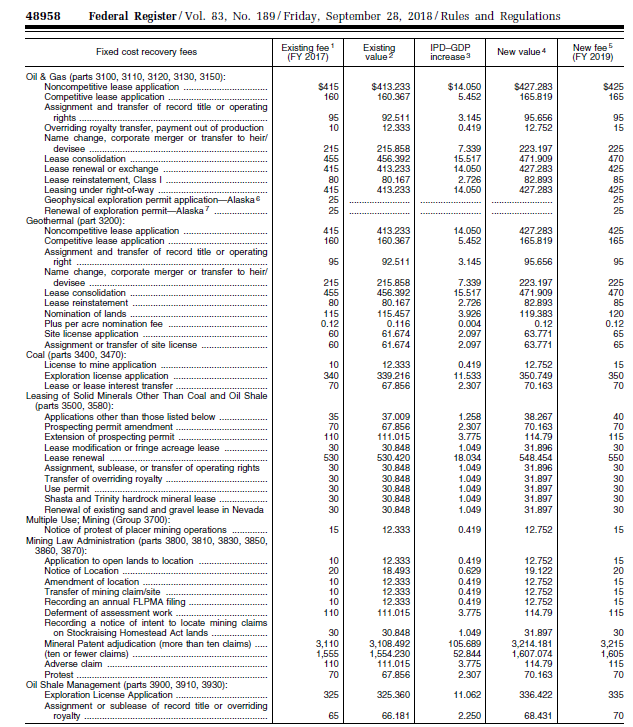
Free Range Report
Thank you for reading our latest report, but before you go…
Our loyalty is to the truth and to YOU, our readers!
We respect your reading experience, and have refrained from putting up a paywall and obnoxious advertisements, which means that we get by on small donations from people like you. We’re not asking for much, but any amount that you can give goes a long way to securing a better future for the people who make America great.
[paypal_donation_button]
For as little as $1 you can support Free Range Report, and it takes only a moment.
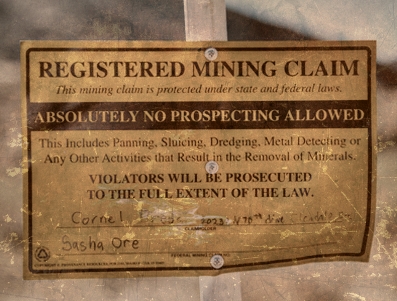
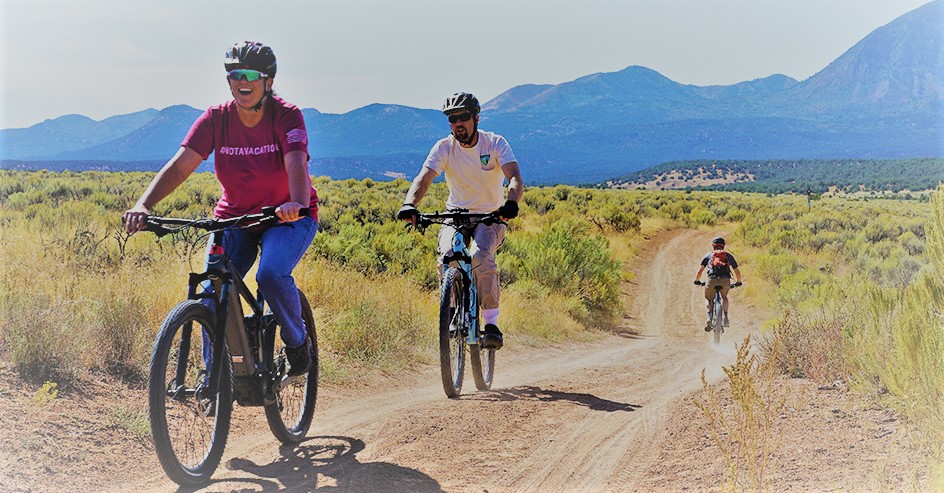
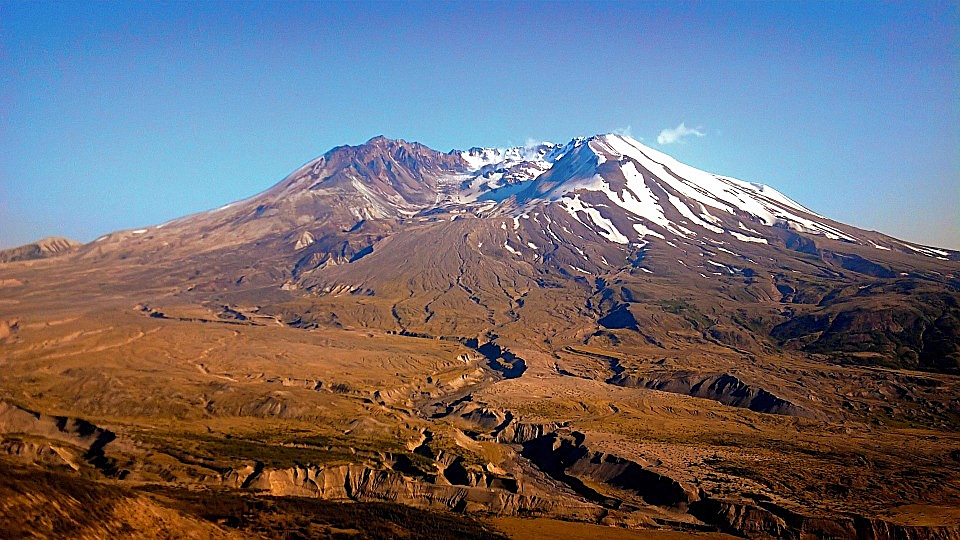
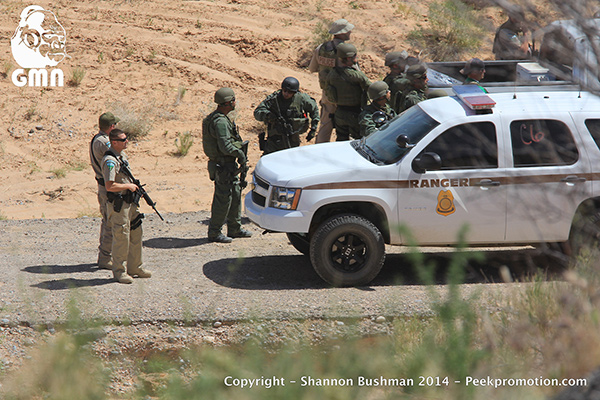
The Federal Bureau of Land Management is not even a Constitutionally/Lawfully bureaucracy. Therefore, each individual State and their residents should Nullify any rules, regulations, and mandates that emits from the UN-Constitutional BLM.